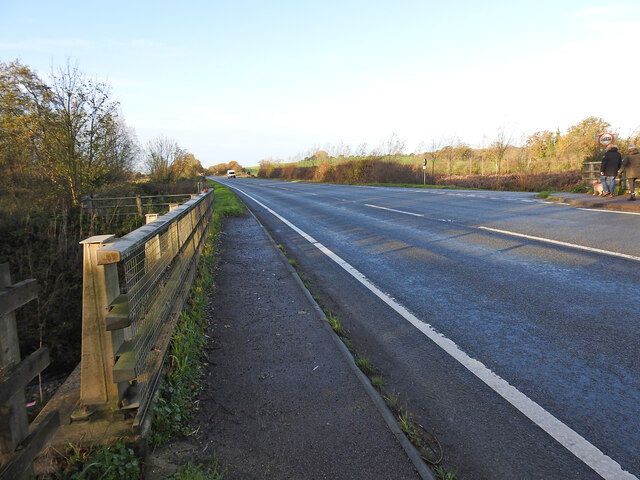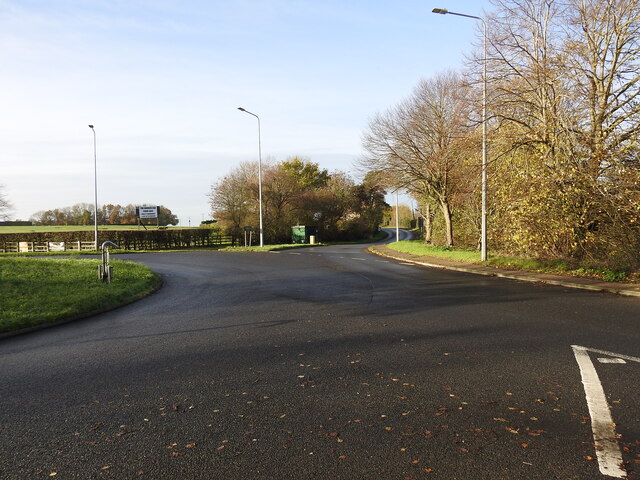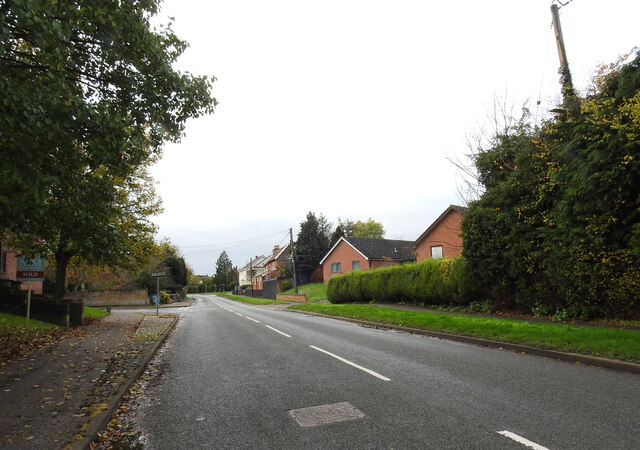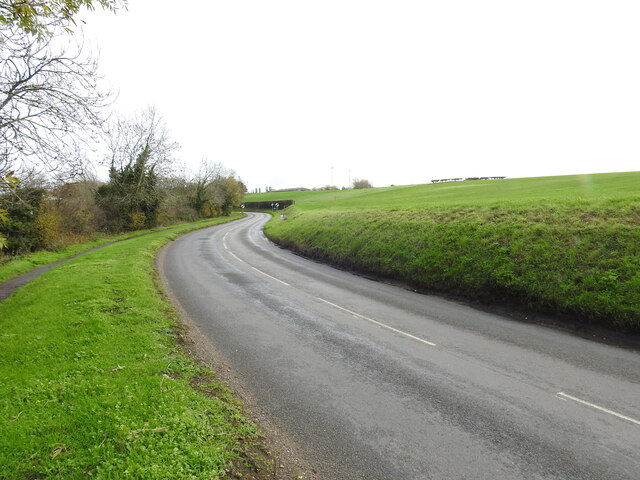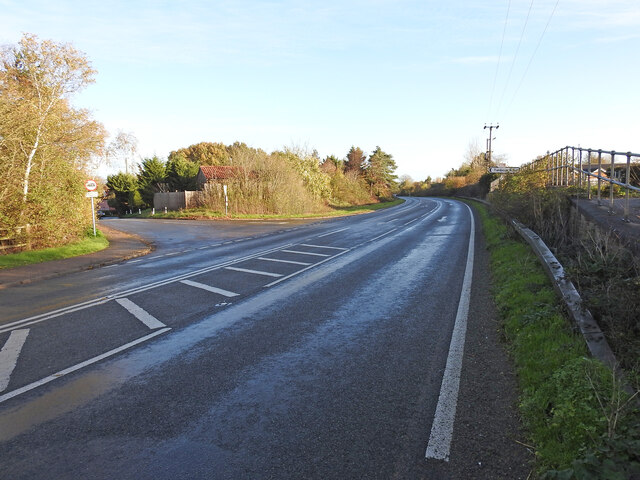Abbey Yard
Heritage Site in Norfolk South Norfolk
England
Abbey Yard
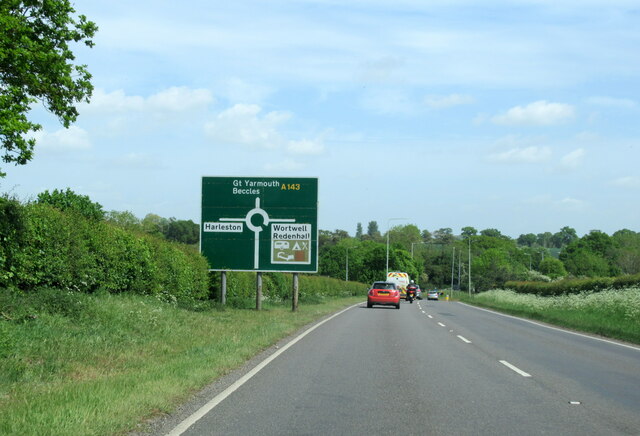
Abbey Yard, located in Norfolk, England, is a historically significant heritage site that offers visitors a glimpse into the rich cultural and architectural history of the region. Situated in the picturesque village of Wymondham, Abbey Yard is home to the imposing ruins of Wymondham Abbey, a former Benedictine monastery.
The abbey, founded in 1107, played a prominent role in the religious and social life of medieval Norfolk. The ruins that remain today showcase the remarkable craftsmanship and architectural grandeur of the original structure, including the impressive west front and the soaring tower. Visitors can explore the extensive grounds, which include the remains of the cloisters, chapter house, and the abbey's ornate gatehouse.
In addition to the abbey ruins, Abbey Yard is also home to several other historically significant buildings. The 17th-century timber-framed Becket's Chapel is a well-preserved example of Jacobean architecture, and the adjacent Prior's Hall, dating back to the 15th century, houses a fascinating museum that tells the story of Wymondham's past.
Visitors to Abbey Yard can immerse themselves in the history of the site through guided tours, educational exhibits, and interactive displays. The site also hosts a variety of events throughout the year, including reenactments, craft fairs, and concerts, which further bring the history of Abbey Yard to life.
With its captivating ruins, well-preserved buildings, and engaging events, Abbey Yard offers a unique and enriching experience for history enthusiasts, architecture lovers, and anyone seeking to explore the storied past of Norfolk.
If you have any feedback on the listing, please let us know in the comments section below.
Abbey Yard Images
Images are sourced within 2km of 52.42/1.317 or Grid Reference TM2585. Thanks to Geograph Open Source API. All images are credited.
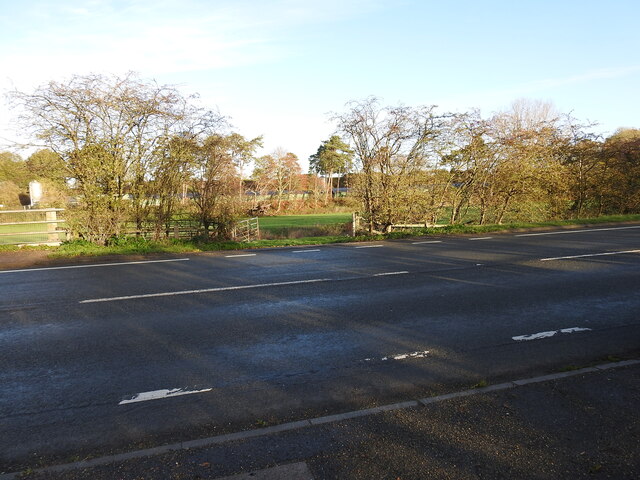
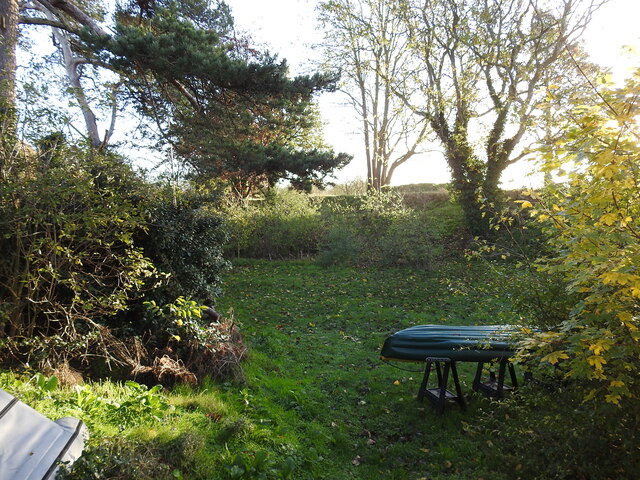
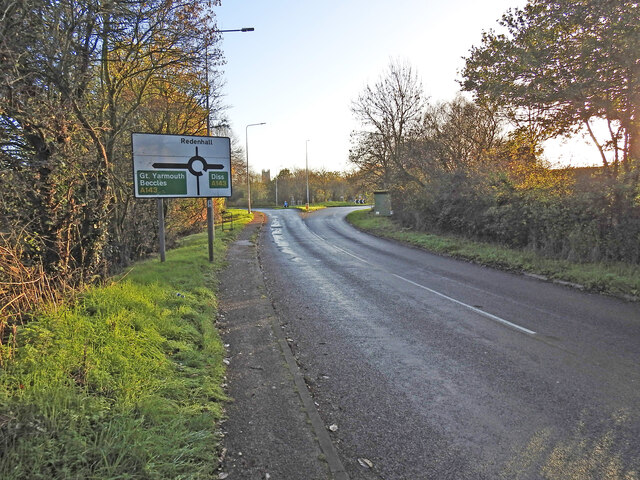
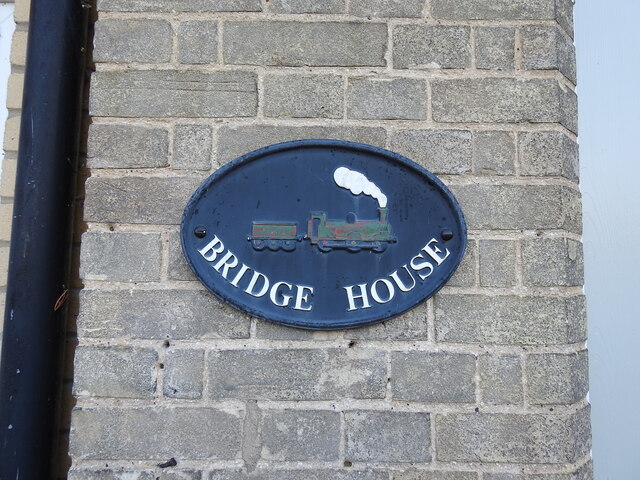
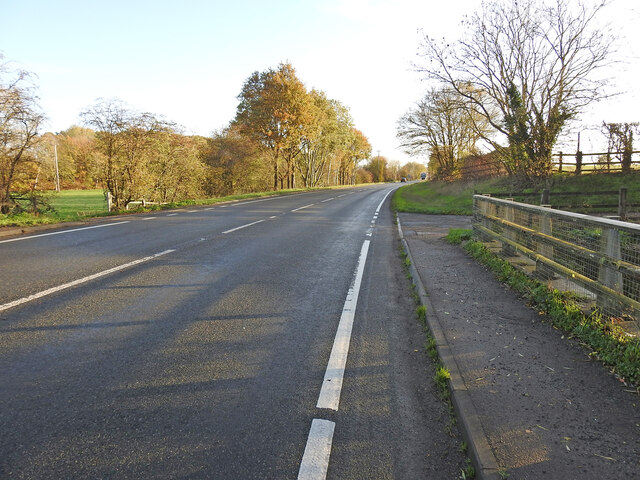
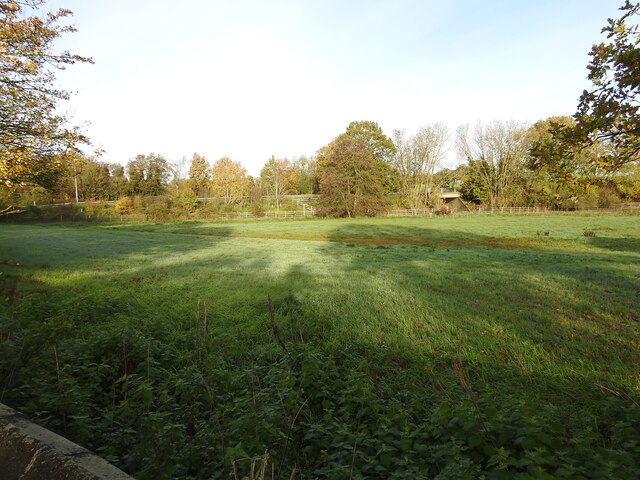
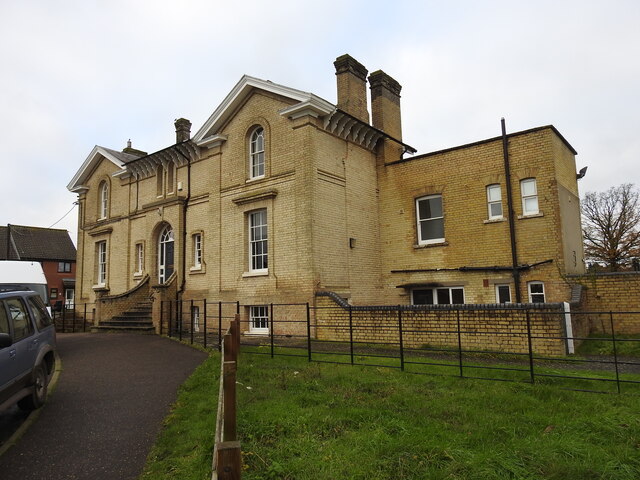
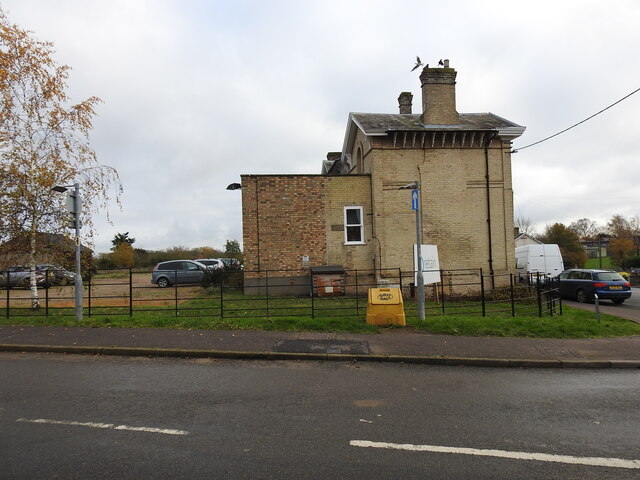
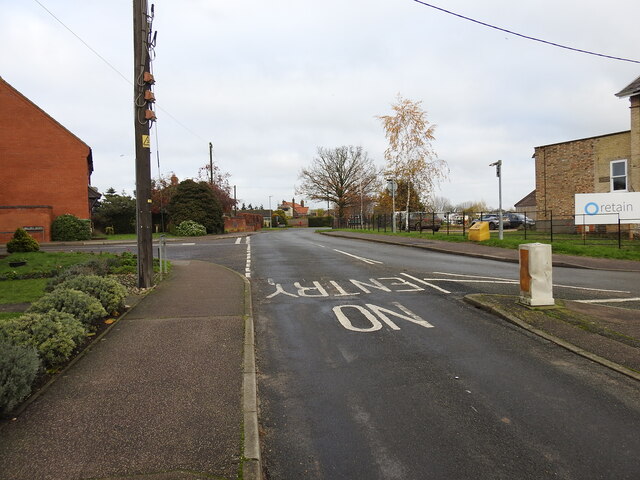
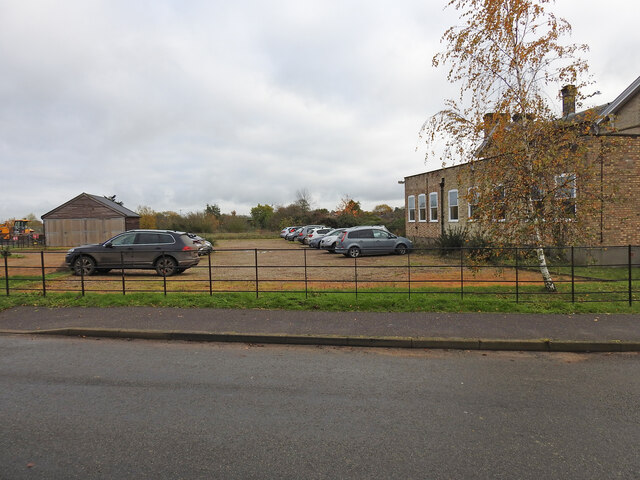
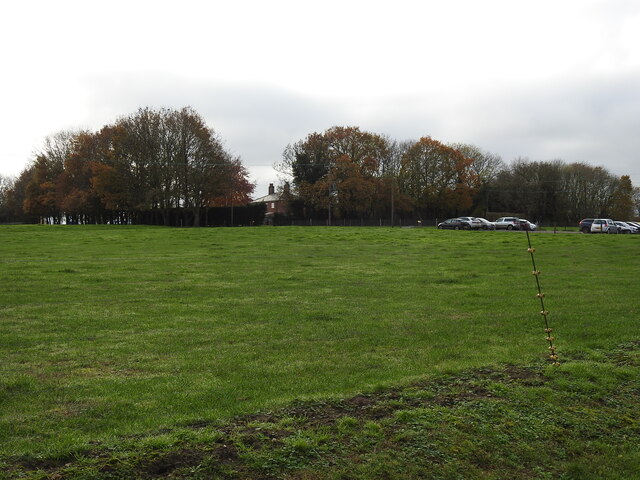
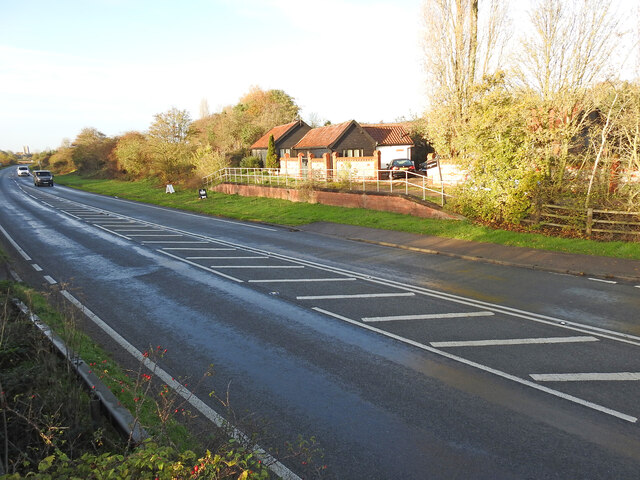
Abbey Yard is located at Grid Ref: TM2585 (Lat: 52.42, Lng: 1.317)
Administrative County: Norfolk
District: South Norfolk
Police Authority: Norfolk
What 3 Words
///pity.inflates.mandates. Near Harleston, Norfolk
Nearby Locations
Related Wikis
Gawdyhall Big Wood, Harleston
Gawdyhall Big Wood, Harleston is a 29.8-hectare (74-acre) biological Site of Special Scientific Interest north of Harleston in Norfolk.This ancient wood...
Redenhall railway station
Redenhall was a station in the small hamlet of Redenhall, Norfolk. It was opened in 1861 as part of the Waveney Valley Line between Tivetshall and Beccles...
Church of the Assumption of the Blessed Virgin Mary, Redenhall
The Church of the Assumption of the Blessed Virgin Mary, Redenhall (St. Mary's Church) is a Grade I listed parish church in the Church of England in Redenhall...
Harleston railway station
Harleston was a railway station in Harleston, Norfolk, on the Waveney Valley Line. It was an early post-war closure; passenger services on this line were...
Wortwell railway station
Wortwell was a station in the small hamlet of Wortwell, Norfolk. It was opened in 1855, as part of the Waveney Valley Line between Tivetshall and Beccles...
Alburgh
Alburgh is a village and civil parish in the English county of Norfolk. It lies about four miles (6 km) north-east of Harleston and 16 miles (26 km) south...
Wortwell
Wortwell is a village and civil parish in the English county of Norfolk and adjoining the county of Suffolk. It is located on both the River Waveney (which...
Harleston, Norfolk
Harleston is a town 16 miles (26 km) from Norwich, in the civil parish of Redenhall with Harleston, in the South Norfolk district, in the county of Norfolk...
Nearby Amenities
Located within 500m of 52.42,1.317Have you been to Abbey Yard?
Leave your review of Abbey Yard below (or comments, questions and feedback).
